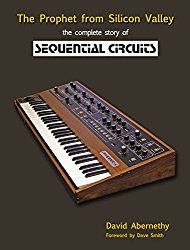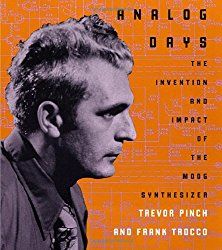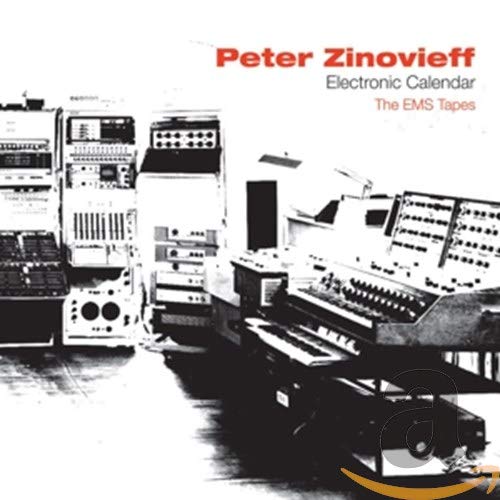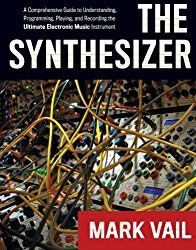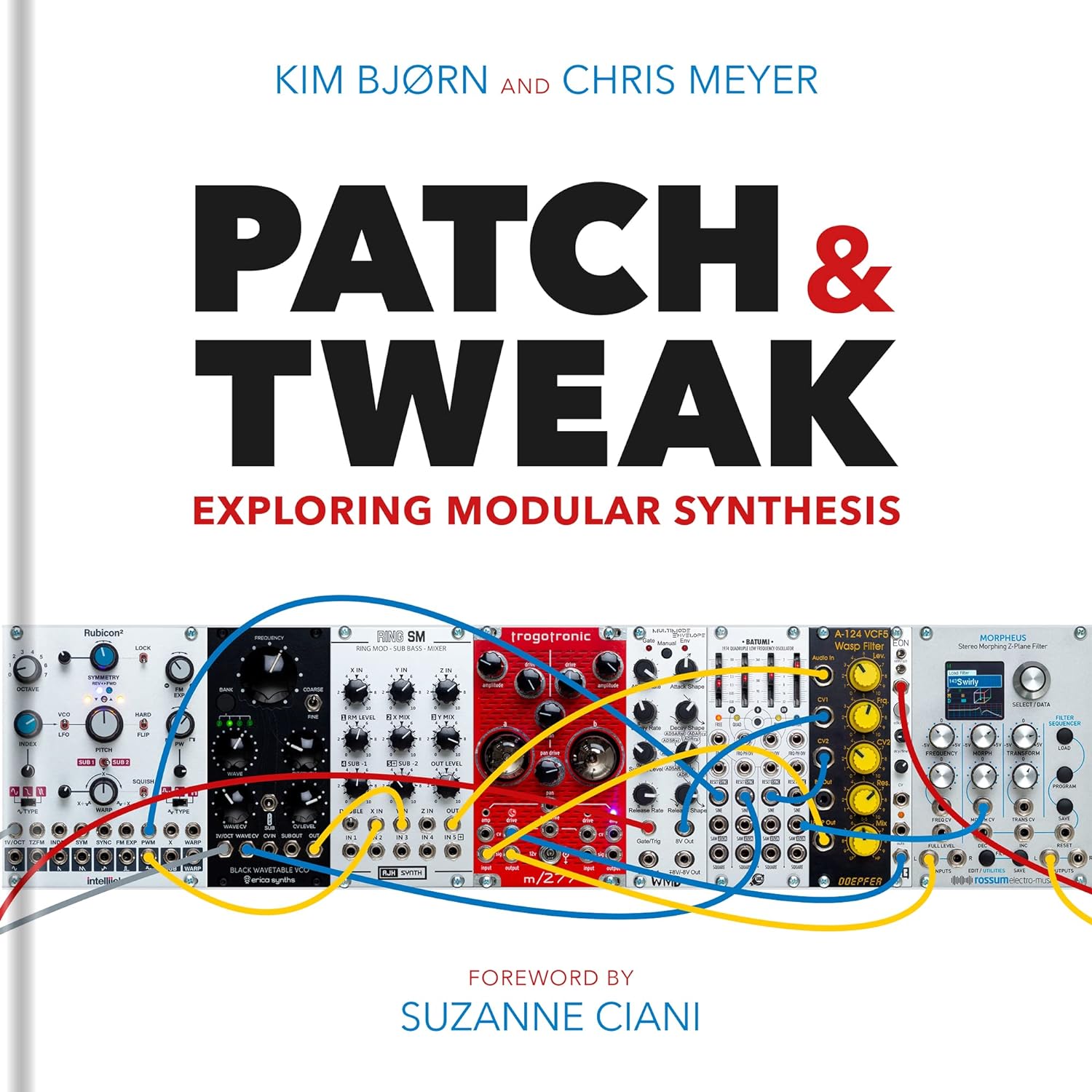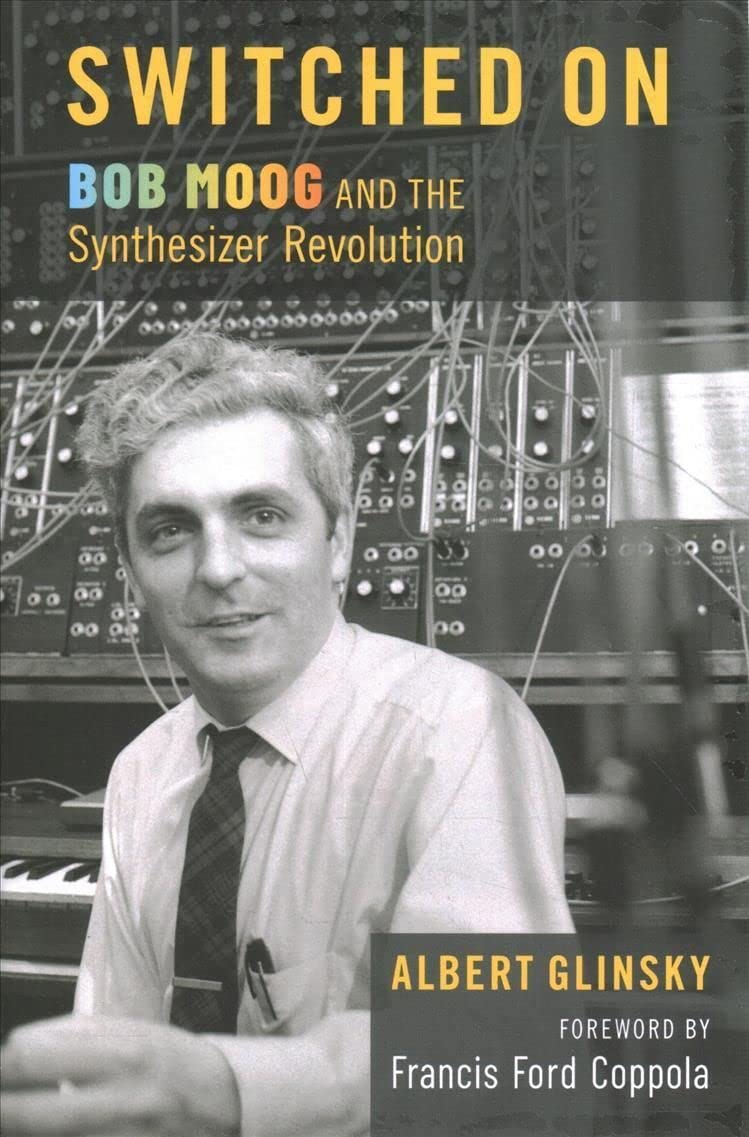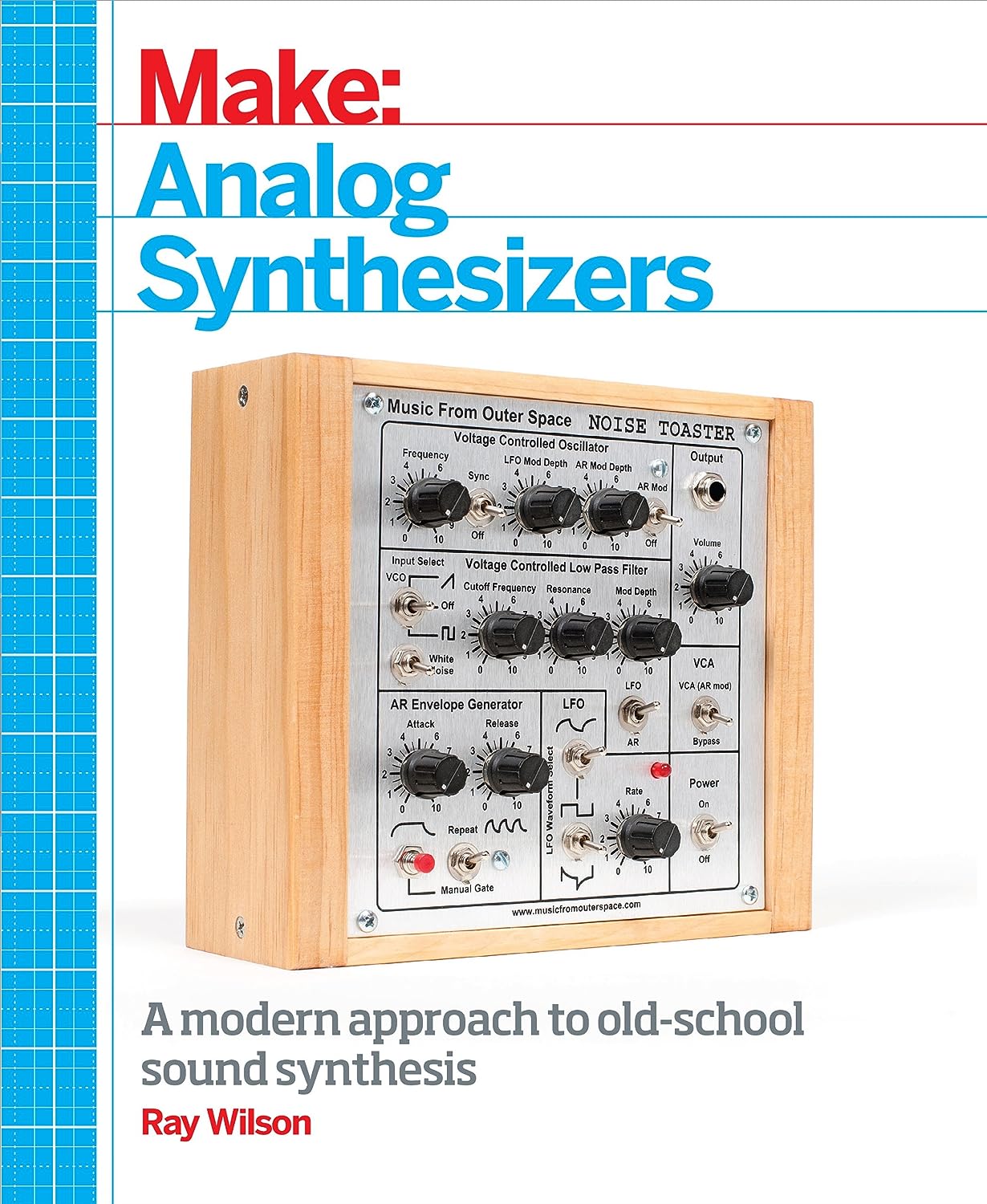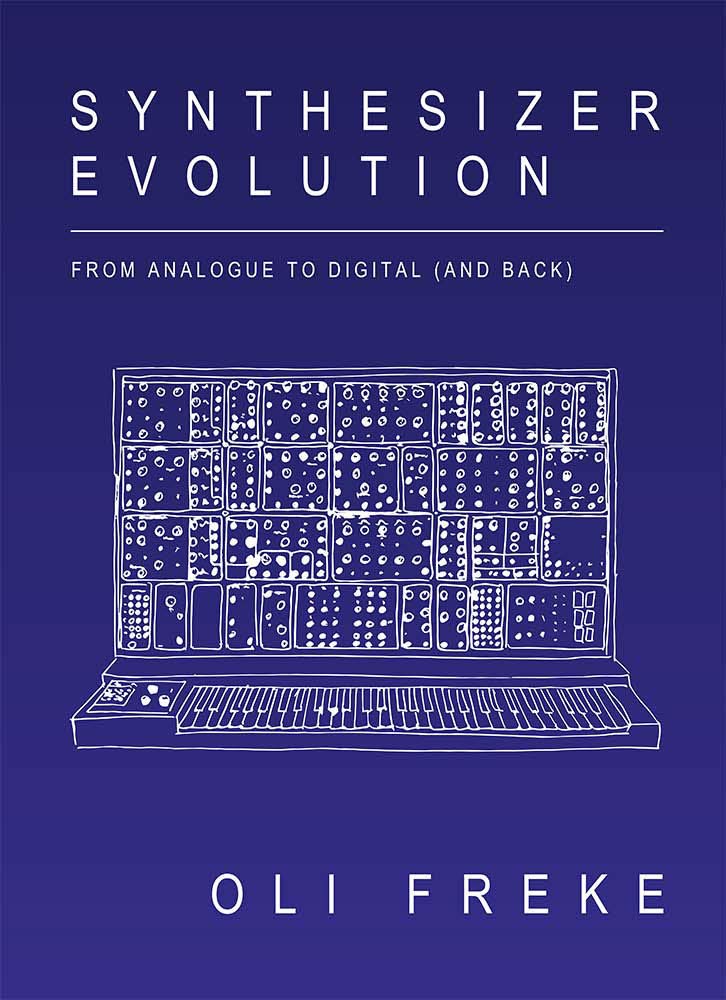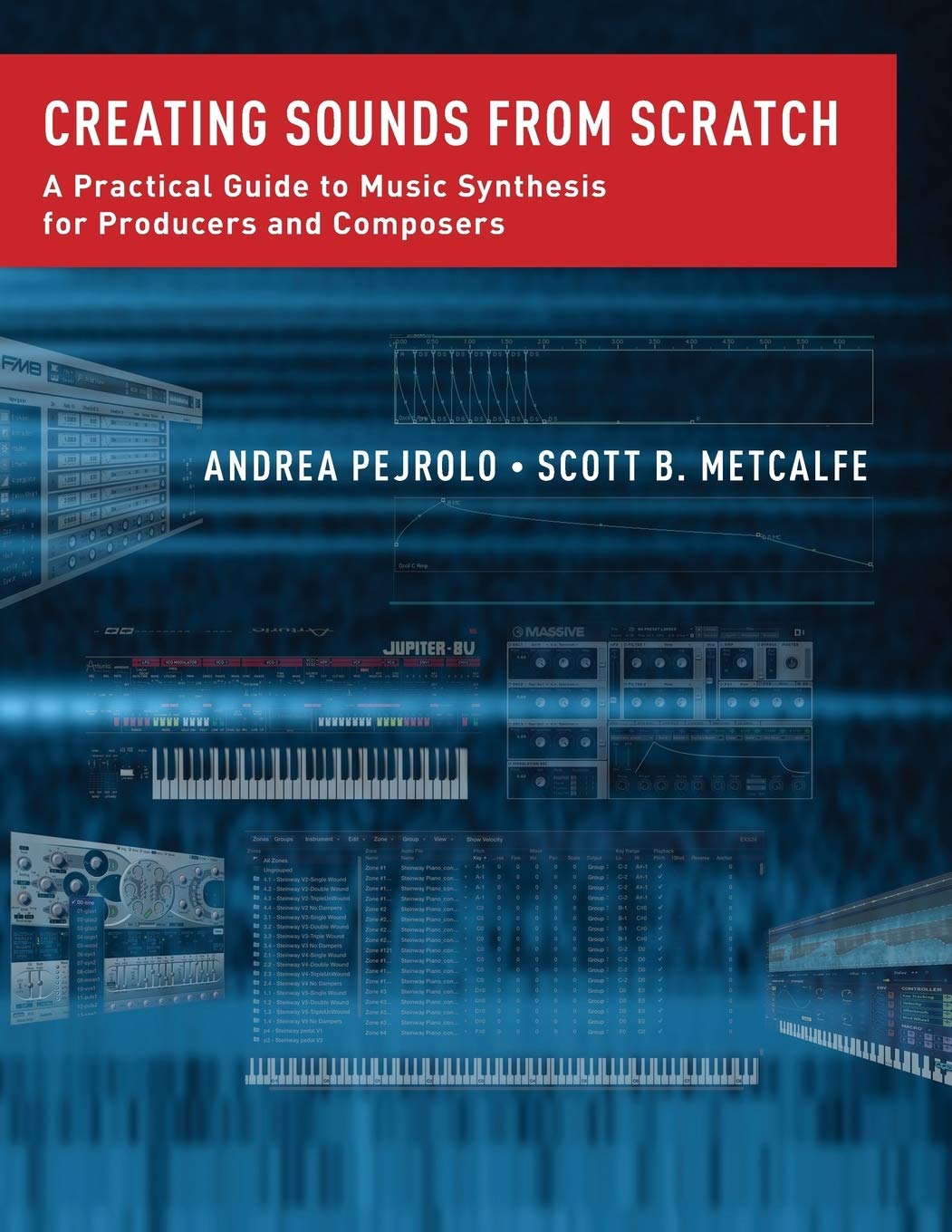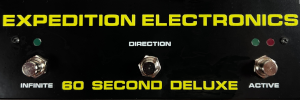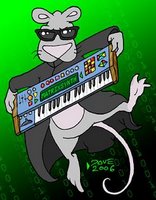The following is Roger Linn's statement on Behringer's LmDrum,
written Jan 4, 2025, saved here for the MATRIXSYNTH archives:
In December 2024, Behringer released their "LmDrum", which is described on their site as:
"If you are looking for a drum machine that can recreate the classic sound of the 80’s, look no further than the Behringer LM DRUM. This amazing drum machine features an authentic 8/12-bit sampling sound engine that captures the essence of a hundred legendary 80’s drum sounds including those designed by Roger Linn such as the LM1*, LM2*, LM9000* and more. You can even record and store your own samples using the integrated line input."
Uli Behringer kindly sent me an LmDrum in August of 2024, giving me a chance to try it out. What do I think? I think it's a bit of a head-scratcher. It is clearly intended to evoke my 1982 "LinnDrum" drum machine, borrowing its visual style, control layout, colors and logo style, as well as copying its sounds and those of my LM-1 and Linn9000 drum machines. I took it apart and it even copies much of my LinnDrum sound generation circuit, even my bad ideas like the inability to tune any drums except the snare, toms and congas.
However, it uses an entirely different operating system and user interface, one that is based on earlier Behinger drum machines. Personally, I found it somewhat confusing and difficult to use, though I was given an unfinished manual. I'd imagine they will improve both the software and manual over time. I suspect the designers found it difficult to find a balance between 1) the impression of a LinnDrum clone, and 2) the addition of modern features, given that the 1982 LinnDrum's feature set is woefully inadequate by today's standards.
It's worth noting that Uli never asked my permission to either copy my visual design or my drum sounds. Though in 2020, he did kindly invite me to collaborate on a future drum machine, and I respectfully declined because of concern about Behringer's past business ethics and legal practices.
How do I feel about the LmDrum? My feelings are mixed. On the one hand, it's not unusual for companies to borrow ideas from older products in order to inspire a new and innovative design, which I've done in past. Plus, my old drum sounds are all over the web, controlling copying is difficult, and I don't enjoy legal stuff so I've generally ignored the issue so far. Also, the value in those old sounds is probably due more to Art Wood (the drummer who played the sounds, and my friend of many years), and to artists like Prince, Michael Jackson, and others, who made those sounds famous on their hits. Finally, I must admit that I've never cared much about the past, because I find the future far more exciting.
On the other hand, even if we discount the copying of the visual design, logo style and sound circuit of LinnDrum, the LmDrum copies my sounds. So I'd have preferred for Uli to ask my permission. Even if he thinks it is legal, I question whether it is ethical.
I find it interesting that the LmDrum is being sold in the U.S. for only $399. Having taken it apart and seeing how complex the copied old circuitry was to reproduce, I doubt Behringer is making any money from it. I suspect that they originally intended to sell it for much more, then discovered that while many people may say they want a LinnDrum clone, few are willing to pay more than a low price for it.
On a related topic, GForce Software has recently released their "IconDrum" software drum sound generator. Like the LmDrum, it copies the LinnDrum's visual design, logo style, and drum sounds, but has no sequencing. Unlike Behringer, GForce did say they wouldn't release the product if I objected, but they seemed like good people so I turned a blind eye. They also offered to pay me an insignificant royalty for my association with the product and perhaps to use "LinnDrum" name, but I declined because of the low compensation and because I thought it was misleading to call a product "LinnDrum" that wasn't a drum machine but rather only played my copied drum sounds.
One last comment. What's the big deal about nostalgia? I can understand that some people value analog synthesis, though I find the many types of innovative software synthesis created in recent decades to be far more capable, versatile and interesting. But even if people value vintage analog synths, why vintage digital drum machines? I ask this because an old bit is no different than a new bit. Our collective love of nostalgia brings to mind an old Douglas Adams quote from Salmon of Doubt:
"I've come up with a set of rules that describe our reactions to technologies:
1. Anything that is in the world when you’re born is normal and ordinary and is just a natural part of the way the world works.
2. Anything that's invented between when you’re fifteen and thirty-five is new and exciting and revolutionary and you can probably get a career in it.
3. Anything invented after you're thirty-five is against the natural order of things."
As a guitarist, I recall having endless discussions in my youth about "good distortion". :)
- Roger Linn

























